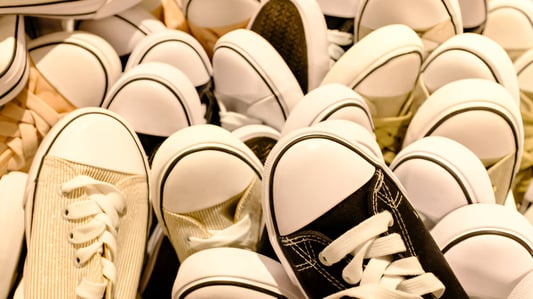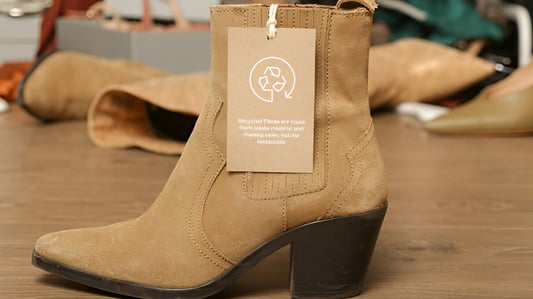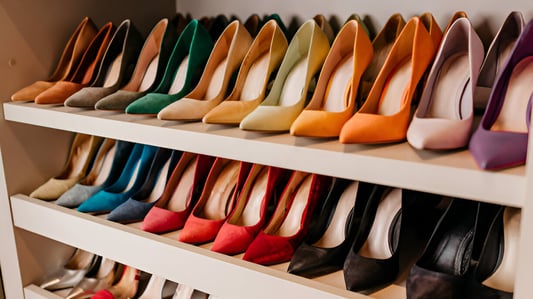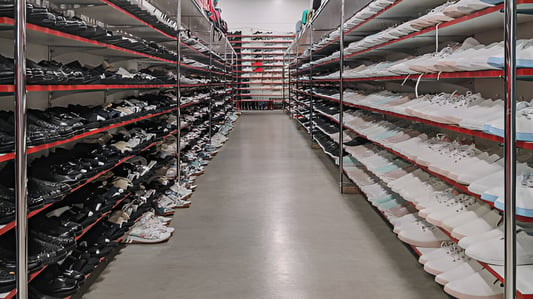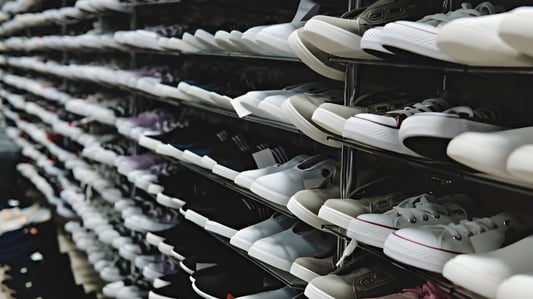Understanding the Online Wholesale Shoe MarketSelling shoes online can be a great way to maximize profits, but in order to do so, it is important to understand the wholesale shoe market. Wholesale shoes are typically purchased directly from the manufacturer or distributor in large quantities at a lower cost, and then sold to retailers or consumers at a higher price. Online wholesale shoe marketplaces like Alibaba, DHgate, and AliExpress can be great places to find a wide selection of wholesale shoes at competitive prices, but research and caution are necessary to ensure quality and reliability.Identifying Your Target AudienceIn order to maximize profits, it is important to identify your target audience for your wholesale shoes. Are you targeting individual shoppers, small boutiques, or larger retailers? Knowing your target audience will help you better tailor your marketing efforts and product offerings to their specific needs and preferences.Offering a Wide Selection of Wholesale ShoesOffering a wide selection of wholesale shoes can help attract more customers and increase profits. Consider offering shoes in different styles, colors, and sizes to cater to a variety of tastes and preferences. Having a diverse selection can help differentiate your business and set it apart in the competitive online wholesale shoe market.Setting Competitive PricesPricing is a critical factor in maximizing profits. It is important to research similar products in the market and set competitive prices that are attractive to your target audience while still allowing for a reasonable profit margin. Keep in mind that offering discounts or promotions can also help attract customers and increase sales.Providing High-Quality Product Images and DescriptionsWhen selling wholesale shoes online, high-quality product images and descriptions are crucial in attracting customers and setting your business apart. Make sure to provide clear and detailed images and descriptions of your products, highlighting key features and benefits to help customers make an informed purchase decision.Offering Fast and Affordable Shipping OptionsFast and affordable shipping options can help improve customer satisfaction and encourage repeat business. Consider offering free or discounted shipping for large orders or as part of a promotion to incentivize customers to purchase from your business.Developing a Strong Social Media PresenceSocial media can be a powerful tool to help promote your wholesale shoe business and connect with potential customers. Consider developing a strong social media presence on platforms like Facebook, Instagram, and Twitter to showcase your products, share promotions, and engage with customers.Investing in Search Engine Optimization (SEO)Search engine optimization (SEO) can help improve your website's ranking on search engine results pages, making it easier for potential customers to find you online. Consider investing in SEO tactics like keyword research, content optimization, and link building to improve your website's visibility and attract more organic traffic.Providing Excellent Customer ServiceProviding excellent customer service is crucial in building a loyal customer base and maximizing profits. Make sure to promptly respond to customer inquiries and feedback, and consider implementing a hassle-free return policy to improve customer satisfaction and loyalty.Continuously Evaluating and Improving Your Business StrategyLastly, it is important to continuously evaluate and improve your wholesale shoe business strategy in order to maximize profits. Stay up-to-date with industry trends and customer preferences, and regularly analyze your sales data to identify areas for improvement and optimization.Quote InquiryContact us


